Artist Declan Shalvey has had an incredible year. Whilst working as regular artist for books like Venom and Thunderbolts at Marvel, he’s also created art and covers for books published at Dark Horse (Conan and The Massive), IDW (Half Past Danger and TMNT), Boom (Robocop) and Vertigo (American Vampire). In February his first-ever cover at Marvel was unveiled: by June, he’d drawn arcs of Conan, Venom, and The Massive whilst being announced as the new artist on Deadpool. He’s also written a short story which’ll be published in October, and started creating covers for Forever Evil: Rogues Rebellion over at DC.
Phew.
He’s also recently spoken out on the way that the comics industry and media have at times failed to treat artists as equal creators to writers, and the difficulty artists face in a business-driven community which pushes out comics at a quicker and quicker rate. Although we didn’t speak on the former for this interview, we do get to talk about the latter, and how he steers himself through commercial and creator-owned comics. This is a look at life as a freelance artist, balancing projects, networking, and getting to do a job you love with people you respect.
In the first instance, I’d thoroughly recommend following Declan on Twitter, and keeping up with him online. Not only does he share his art and process – some of which I’ve nicked for this interview – but he also speaks eloquently on the difficulties faced by artists in the industry.
Steve: You’ve had a phenomenally busy year so far, working on books including Venom, Batman, Conan and others. How do you manage your workload?
Declan: Scheduling and little sleep is the short answer. My girlfriend (colorist supreme Jordie Bellaire) and I have a studio set up in our apartment, and we both keep each other pretty motivated. Maybe too motivated. I think one of my strengths as a freelancer is that I’m aware of my limits and while I may push those limits from time to time, when a project is offered to me I sit down with my calendar and see what it is physically possible for me to do. I carefully schedule myself and continuously give myself mini-deadlines to hit a target workload.
As you said, I’ve had an incredibly busy year; I’ve gotten to work on a lot of great projects. I want to do my best work on all of them so I have to be careful about my schedule; I’m such a jerk about other people’s artwork, I can’t let myself become the guy that just hacks out work all the time without keeping the quality up.
Steve: How do these various projects come about? Do editors (or writers) pitch to you now?
Declan: Yeah, I think I’ve worked for nearly every comic company. The only main exception would be something for the DCU, but I actually just did a cover for them [on the upcoming ‘Rogues Rebellion’]. I have a relationship with Boom as I worked for them drawing 28 Days Later a few years ago – but otherwise, I think that I’ve focused on being as prolific as possible and generating a lot of (what I’d like to think of as) good work, and that work has eventually made it out there into other editors offices. Now that I think of it, I recall that two non-Marvel editors in particular mentioned they liked my work on Venom.
I think if you can stay on a book for a reasonable amount of time, you’re giving yourself a place for fans/editors to find you. A lot of artists hop around a lot on various projects; it’s necessary considering the short-memory span of fandom these days to have a new project to announce, but there is something to be said for making a book your home for a while so that readers can get used to your work and learn to appreciate it. Everyone always hates the fill-in guy. I think that making sure I stayed on my Marvel books gave me a ‘home’ and while I work on some side projects that I hugely enjoy(the Massive, Conan, etc) I make sure that my Marvel books are the ones I work around.
I just realized I’m totally ranting now, so I apologize; I guess the answer to your question is that I’d LIKE to think that editors have seen the work I do and really like it, but to be honest, these’s no way I can really know.
Steve: When picking projects, do you consider how high-profile or fun a comic will be before taking it on? What tends to decide which projects you take on, and which you have to pass?
Declan: Sure, that’s always something to consider, but there’s other factors to consider too. I generally have a gut feeling when offered something…. sometimes I try and rationalize it and over-ride my gut feeling…. but ultimately go with my gut. It hasn’t failed me yet. I’ve been offered creator owned work a lot of late, which is wonderful, but my gut is telling me that it’s not the right time for me right now. I find a good rule of thumb to taking on a job is considering the following factors.….
1: Do I want to work with the creators or characters?
2: What kind of exposure would I get from the project?
3: What is the rate?
If the answer to two of the above questions is ‘yes’, then the job is worth taking. You might LOVE working with the creator and get lots of attention, but not make much money, but it’s still worth it. You might hate the job, but you get lots of exposure and the money’s great, then it’s still worth doing. If you love the creators/job, the money is good but there’s no exposure, then it’s still worth doing. If the answer to only one of the above is yes, then it’s not good enough. If the answer is ‘yes’ to all three, then it’s a dream gig and it would be stupid to turn down. It’s a good rule of thumb and it’s served me well.
Steve: Do you find it easy to switch, also, from working interiors to creating covers? Do you schedule ahead and think “right, today is going to be covers, and then tomorrow I’ll work on some panels”?
Declan: Switching gears is not my strong suit; I find that it slows down my momentum. If I’m in the middle of an issue and then have to drop everything to do a cover, then it interferes with my workflow. Ideally, I like to schedule my covers so that they make nice breaks in the monthly sequential grind.
Saying that; I’m doing a lot of covers at the moment, so I have to make sure while I’m working on sequentials, that my brain is working on cover ideas so that the idea is in my head for when I need to switch over. I think I need to separate the process of doing covers from doing sequential pages as while they’re both storytelling, they both use a different approach to storytelling, therefore require a different headspace.
Steve: How do you approach covers? To my mind, this is one of the most important parts of a comic – it’s what determines if a casual reader will pay attention to a series.
Declan: When I work on sequential pages I’m thinking about composition, pacing, the balance of the overall page, how one panel relates to another, keeping the storytelling clear, etc, while telling a linear story in sequence. With a cover, while you still need to work on composition and balance, it’s all about one image and including various story elements in a visually dynamic way. They’re both interesting approaches and I enjoy them both.
With covers, I try to think of the most immediate imagery possible. If your eye is glancing across the stands, intricate detail and a hundred colours are not going to stand out, so I try and come up with as much negative space as possible. It gives the customer a place to rest their eyes from all the overpowering information on a wall with say, 50 comic covers.
That’s not to say a cover should be completely minimalistic, but if simplicity is built into the design of a cover (using composition, colour, etc), it can be quite eye-catching. I have the secret weapon of Jordie Bellaire on colours too, who is great for making unconventional (and therefore eye-catching) colour choices.
Steve: You’re currently about to take over on Deadpool for Marvel. How comfortable are you with drawing humour? You’ve previously worked with people like Jeff Parker, where humour is an important part of a story. Does connecting with comedy flex a different muscle, as an artist?
Declan: Definitely, and it’s a tough muscle. So much about drawing comedy is the timing; it can fall flat so easily. I initially had a hard time with comedy; but Jeff was so good at writing humor on THUNDERBOLTS that I really learned to enjoy it. By the time I was wrapping up my run on the book, I had totally learned to embrace the comedy, to the degree that I was adding gags on my own. I felt like the more noir approach I had on VENOM was something I’d wanted to do for quite a while and I really enjoyed it.
Now on Deadpool, I feel like I’m getting to do both. The story is dark and twisted, but has some great moments of humor in it. I literally laughed out loud a few times when I read the script. In fact, the scripts are so dense with jokes and such, I find it a little more difficult to draw, but I’ve talked a lot with Gerry Duggan (writer of Deadpool with Brian Posehn) and he’s been really accommodating and has encouraged me to do my thing.
I’m really excited about Deadpool in a big way as myself and Jordie have been collaborating on various covers such as Winter Soldier and Venom for the past few months and we’ve been getting great responses to them. We also collaborated on an issue of The Massive and I think the results were spectacular. Jordie’s going to be coloring my issues of Deadpool, so I’m really looking forward to working with her to tell a bigger, fully formed story. It’s looking great so far.
Steve: Looking at the other projects you have at the moment, we’ve got Batman, Venom, Robocop and American Vampire. Do you gravitate towards darker stories, do you think?
Declan: Yes. I’m very obvious in that way. The more miserable and depressing they are, the better. There’s been many times where I’ve read/watched something and though of horrible things that could have happened to make the story better. Saying that; I love a good absurdist comedy! The stories I like to tell though, are more restrained, character driven pieces, which is why I think my best work has probably been the work I’ve done with Brian Wood.
Steve: You’ve said that Stephen Mooney – whose new IDW series Half Past Danger features a variant cover you drew – was key in helping you get involved in comics full-time. How did you start in the comics industry?
Declan: My comics debut was a one-shot I had drawn called Hero Killers with Andy Winter and it was getting some good attention in the UK scene, so I was already pretty involved. At one of the Bristol shows I met Mooney who was drawing a comic called Freak Show by Irish publisher Atomic Diner. As it happens, he soon started at IDW and suggested to Atomic Diner that I replace him. So, Mooney was the guy who got me my first paying gig. I worked on Freak Show for a few months before being hired to do a Frankenstein graphic novel right around the time Hero Killers won an Eagle Award.
Things just went from strength to strength after that. Later Mooney also helped me out with a studio space in Ireland which is where my work really started to come into its own. During then I launched 28 Days later at Boom Studios which got my work seen by American audiences and a year later got the call from Marvel. It’s nice that years after Mooney helped me out I’ve been able to return the favor by providing a variant cover that might help gain attention for his rather excellent book. Mainly though, he’s taking advantage of our relationship to get my girlfriend to colour Half Past Danger!
Steve: Does Ireland have a strong comics community?
Most definitely. When I was starting out I thought I was the only guy drawing comics in Ireland. I eventually met some, like Bob Byrne, Will Sliney, Nick Roche and of course, Stephen Mooney. We all kinda came up around the same time. Now there’s this whole new generation of artists doing webcomics, writing, drawing and publishing their own material, etc. Not to mention the various podcasts that are coming out of Ireland and more recently with the launch of the Irish Comics News Website; the growth of the Irish comics community has been phenomenal. An Irish book publisher has even started a line of graphic novels utilizing local talent.
I think Ireland has had the benefit of having a close-knit comics community that has come into it’s own in the last two or three years especially. As a result, we all pretty much know each other, even though we’d all be into very different types of comics, be them indie, mainstream, humor, slice of life, etc.
Steve: How did you make your way as an artist, and find people to collaborate with? I know you’ve worked a lot with Andy Winter, for example.
Declan: I found Andy at a Bristol show as he had a table selling his self-published comics and later he suggested that I draw one of his scripts and he would front the cost of publishing it. He did in fact do that and it became Hero Killers. I started and regularly maintained a professional-looking blog, Mooney suggested me to Atomic Diner, Jon Haward introduced me to Classical Comics, I got on Twitter and pushed more work online, Ian Brill at Boom Studios saw a short story I wrote and drew for Tripwire magazine, Jeff Parker introduced me to Marvel, Brian Wood introduced me to DC, etc, all while attending as many conventions as possible getting my work online, and developing friendships with professionals I admire and respect. Surrounding yourself with talented people sure makes you try harder.
I guess if you just try do good work that people will find it, respond to it and try see it flourish. I do it all the time; I see talented newcomers often and suggest them for gigs; it’s the one way we can make sure the standard of comics gets higher by supporting work that you appreciate or find promising. In my case, I think I get by on lots of pity and my hilarious Irish accent.
Steve: How important is it to create these connections across the comics industry, do you think? You’ve frequently worked with people like Brian Wood, for example, on a number of projects.
Declan: Creating connections is hugely important, as if you work with good creators, your work improves dramatically. When working with Brian and Jeff Parker, I could tell I was getting better with each issue. the more you collaborate, the more symbiotic the process becomes and the better the comic becomes. I would work with Jeff and Brian again in a heartbeat. As for connections in general, well you have to create as many opportunities for yourself as possible. Not every one will work out so the more people you have a good relationship with, the more they’re willing to help you in ways you couldn’t possibly know.
Steve: A new project you’ll have later this year is a writing role, a short story for an anthology. How did that come about?
Declan: Chris Robinson (one of the talented editors who worked on Archaia’s Eisner-winning ‘Tale of Sand’ has put together an anthology called ‘Fearless Futures’ with a host of interesting talent attached. I had signed on to illustrate a short story by Alejandro Arbona. Around that time on Twitter I mentioned something about writing and Chris asked if I wanted to pitch a story for the anthology. I was delighted to get an opportunity to write; something I’ve been meaning to do for a long time but have been so dedicated to illustrating for the last few years.
The finished story is called ‘Deadly Warriors’ and it’s been illustrated by Ricardo Lopez Ortiz and colored by Ruth Redmond. The whole anthology will be serialized online, with our story coming out on October 9th.
Steve: Would you like for this to maybe lead to more writing in future?
Declan: Most definitely. Having been given the opportunity to finally write something (and also to a brief and a deadline) really gave me the focus to finally make me get off my ass and write something. Deadlines are a great motivator. The process was extremely rewarding and I’d really like to develop that artistic muscle. Over the years I’ve built up a certain level off confidence with my drawing and storytelling ability; writing is the one part of the process I’m insecure about, so I’d like to work more on that side of the craft and eventually have something that’s 100% my voice.
Many thanks to Declan for sharing his time and thoughts! You can find him online both at his site and on his Tumblr, as well as on Twitter. He can currently be found as artist, starting this month, on Deadpool, and will soon be seen in the American Vampire Anthology. Phew!


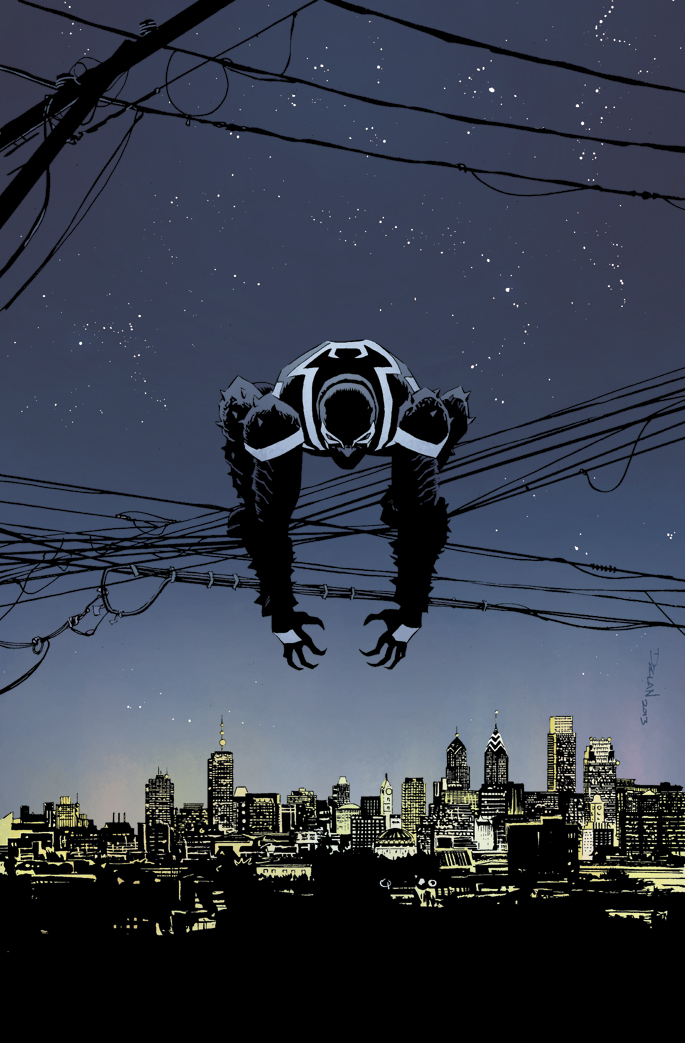

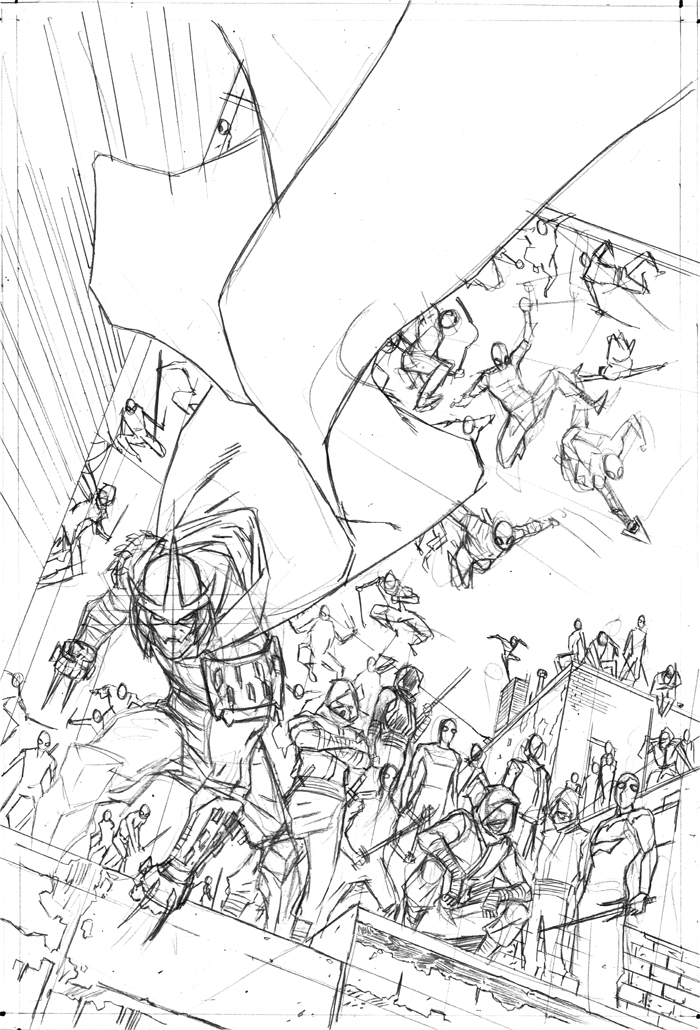
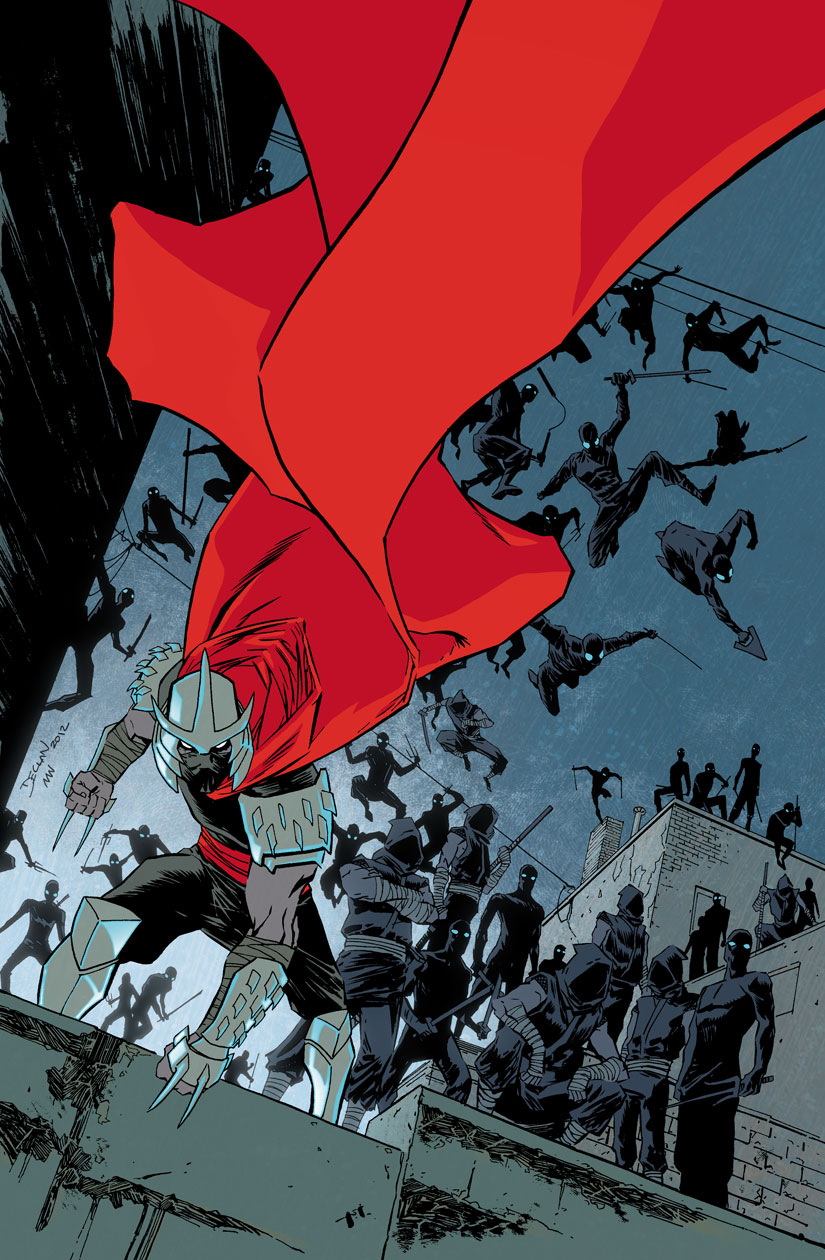
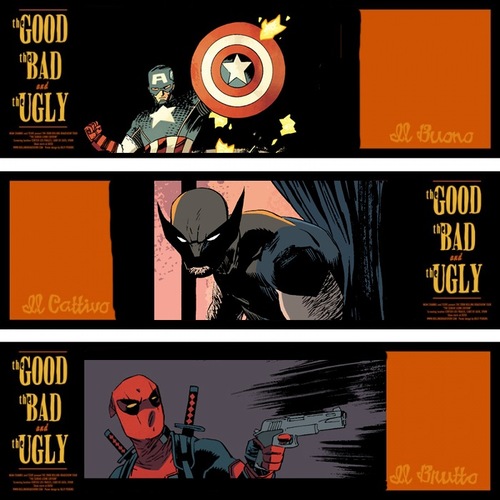

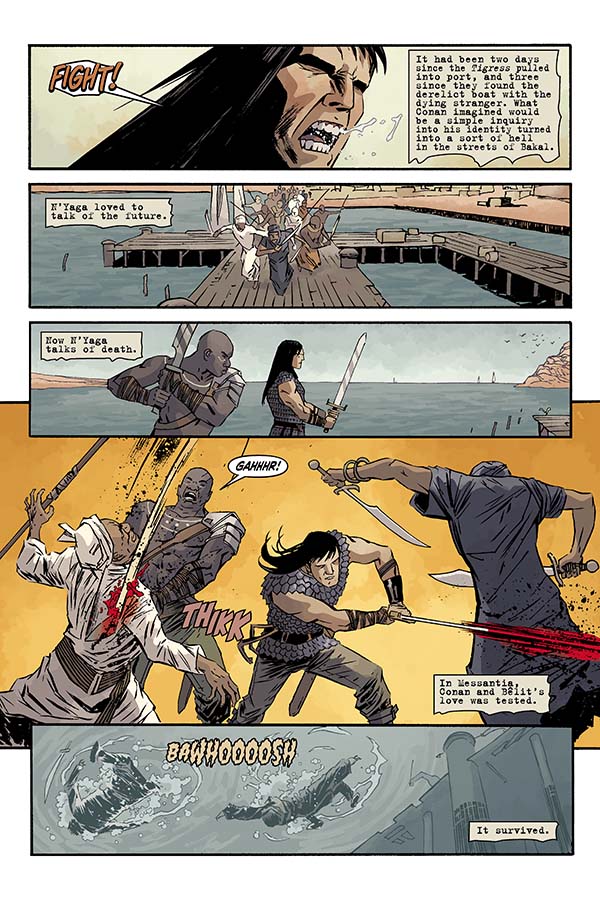
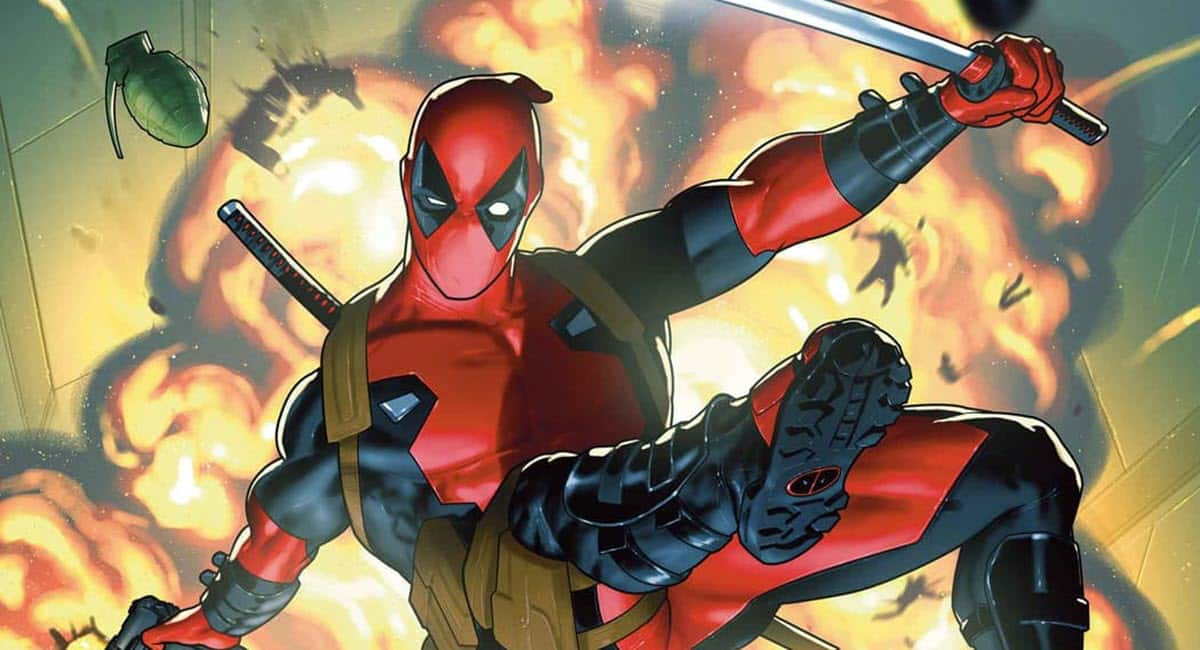
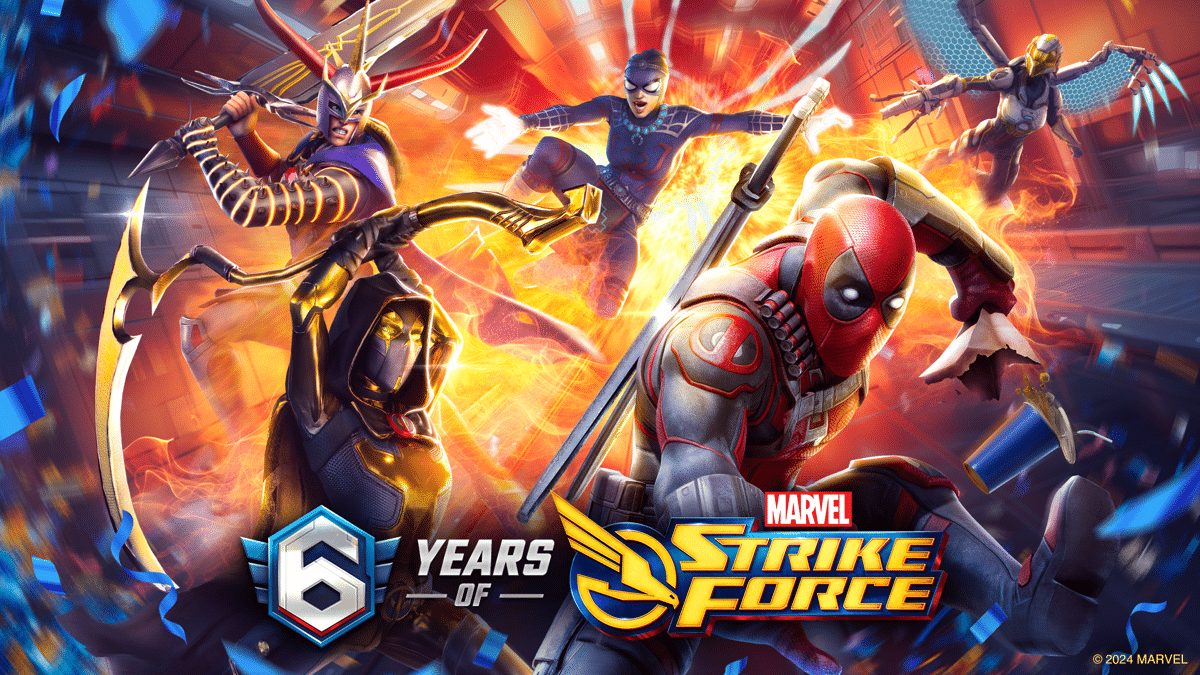
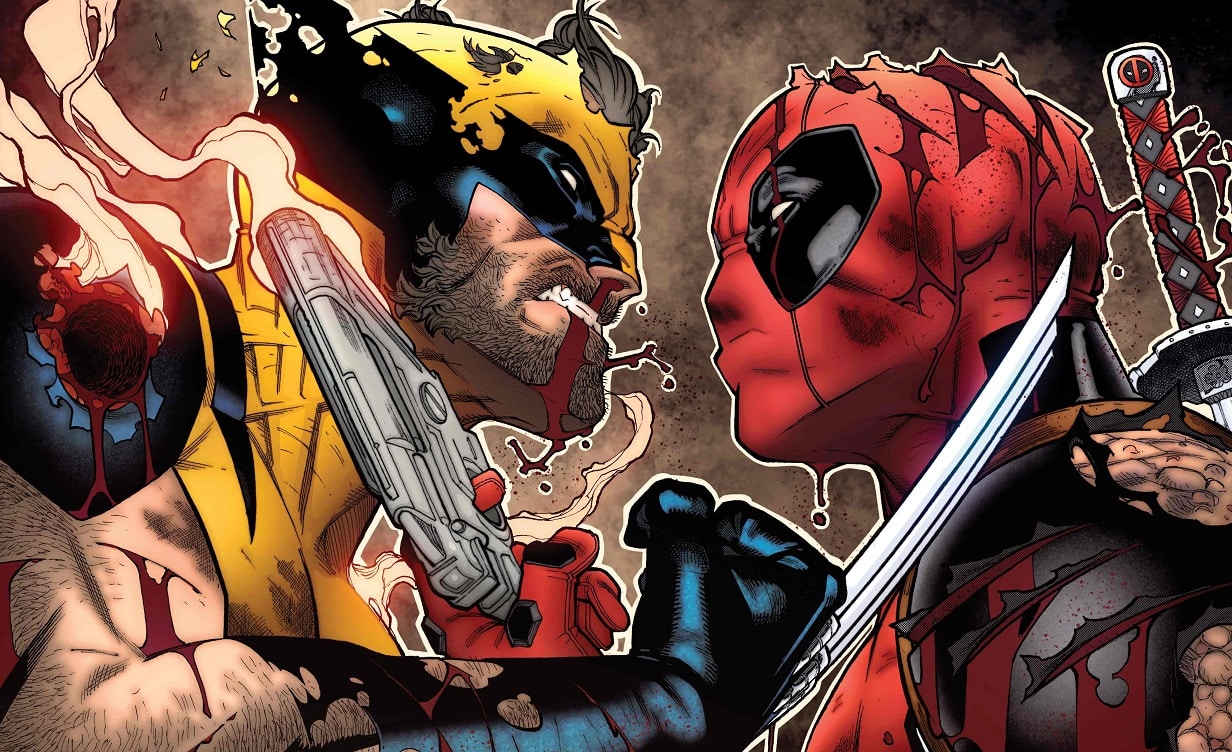
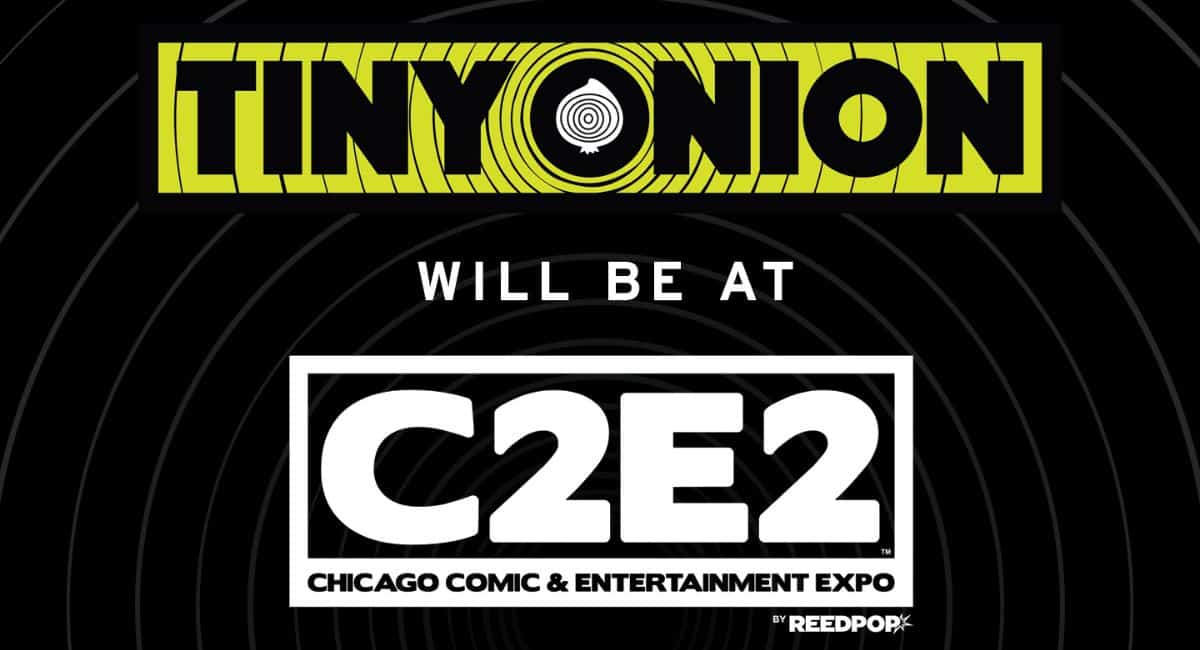


Ben and I have been pals with Dec for a long time and it’s great to see all his hard work (and talent) paying off.
The cover artwork might be important in a store setting that has browsers looking over comics and picking up issues–but in the U.S., many superhero comics fans rely on Previews to place orders, and many comics shops order largely to fill pull lists. The retail impact of the cover artwork is minimal.
SRS
Synsidar:
While there are certainly a core of people who rely on Previews to inform their purchasing, the value of a strong cover will certainly be a draw to a more casual reader.
I started reading the recent volume of Daredevil because I was drawn in by seeing the interesting covers. In all my years of reading comics Daredevil never interested me, but when I saw the first few covers they intrigued me and got me to pick up the book and flip through it.
Even for the Preview reading crowd, a striking cover for a new series will draw your eye to something you might not otherwise consider.
Comments are closed.